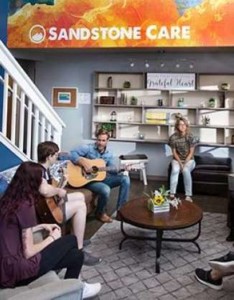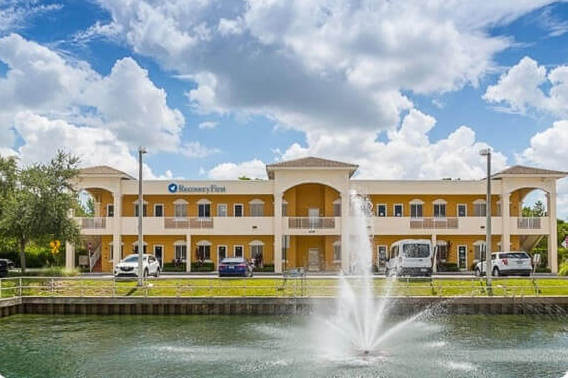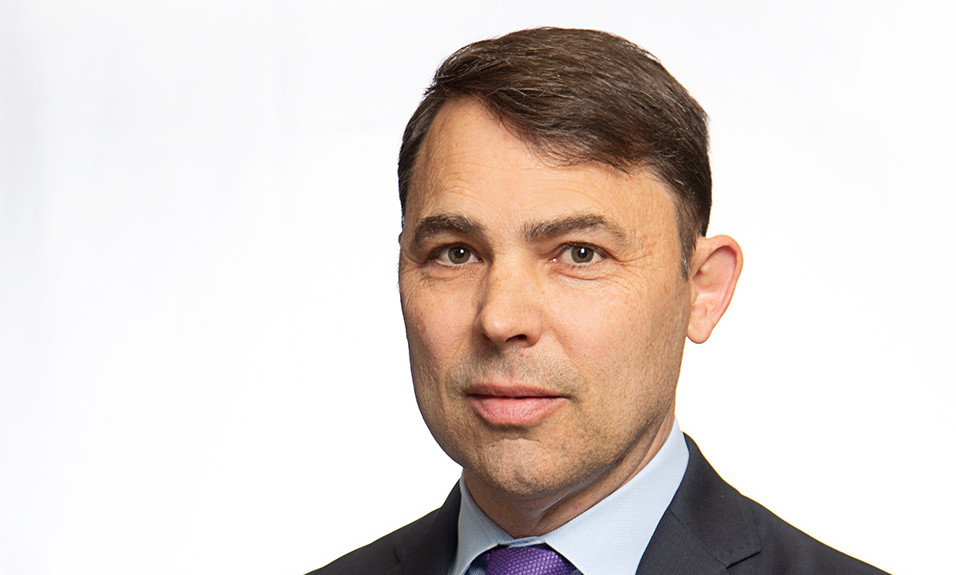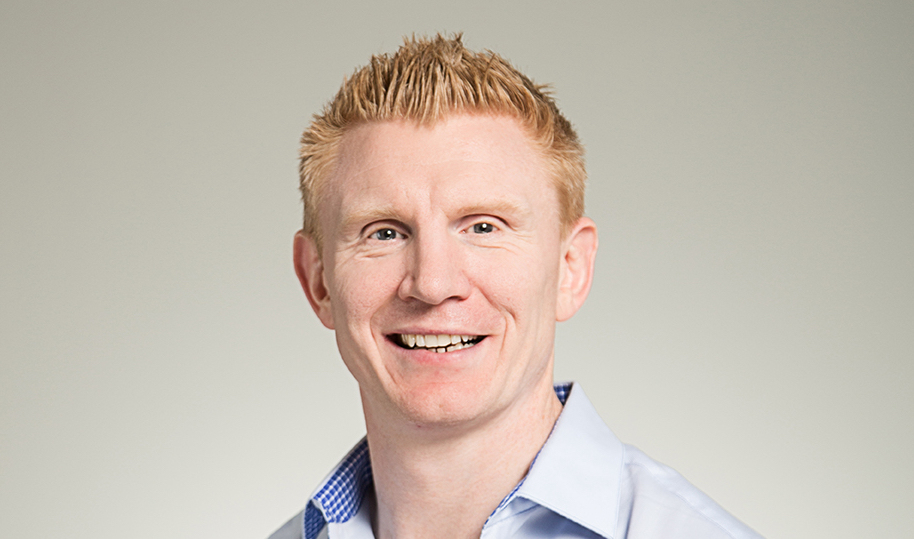Amanda Porter, program director for the provider’s residential adolescent program in Colorado, talks about steering young people with substance use disorder toward healthier lives

By Olivia Wagner
Teenagers face unique challenges in dealing with substance use disorder. Sandstone Care understands this, and it has responded by providing specialized treatment for this population.
Sandstone Care has treatment centers in Virginia, Colorado and Maryland. Its Cascade Canyon residential program in Colorado is geared toward teens with substance use disorder and mental health issues. TreatmentMagazine.com spoke to Amanda Porter, LPC, LAC, program director at Cascade Canyon, to get a feel for the needs of this age group and how Sandstone serves them.
Q: What are the most common issues you see among teens?
A: I would say the biggest issue we see with the adolescent population these days is a romanticizing of mental health problems. A lot of that has to do with the culture these adolescents are growing up in, and social media plays a humongous part in that dynamic. We have kids that may be struggling with anxiety and depression, but on top of that, there’s this problematic aspect where social media is perpetuating a myth that you have to be unwell to be validated as an adolescent. We do a lot of dismantling of these myths while they’re here.
Substance use or mental health concerns complicate the search for identity. We see them being stunted in that arena. So we’ll have kids who are 16 or 17 and have no idea what their personality looks like, and they start to grab for straws.”—Amanda Porter, Sandstone Care
They think, If I’m not unwell, what am I? In early adolescence, we have kids that are searching for an identity. That’s why in school and online you often see them trying on a lot of different hats. They’re hanging out with different cliques, going through different friend groups, trying to see where they fit in the world. We then see them transition into more of a control aspect. The task of late adolescence is establishing autonomy. They’re going to start to try to pull away from the parents, start to make their way in the world. What happens a lot of times to lead kids to needing residential placement are hiccups in those processes. Substance use or mental health concerns complicate the search for identity. We see them being stunted in that arena. So we’ll have kids who are 16 or 17 and have no idea what their personality looks like, and they start to grab for straws. Conversely, substance use and mental health concerns complicate that need for control and autonomy to where it [affects] their ability to make healthy decisions. Parents may not want them to be on that search for autonomy because they’re not putting themselves in healthy situations.
Q: What are some of the ways Sandstone treats teens?

A: We’re a dual-diagnosis treatment center, so we typically treat [teens] with both dynamics there. They do have to have substance use issues to be able to come into our curriculum here. Our curriculum is really set up to help them with that recovery aspect, but we do have primary mental health services as well, and they can integrate [the two].
We use a variety of modalities, [such as] cognitive behavioral therapy, dialectic behavioral therapy, trauma treatment. Everybody’s care is individualized, and so everybody has the ability to capitalize on a wide range of treatments that can be tailored to each individual. We do individual therapy, family therapy. Our main delivery is group therapy, which is something that is really important to help them process [issues]. They have 35 hours of group [therapy].
Q: How has the COVID-19 pandemic impacted teens?
A: [Even] with the 2020 shutdown that started in March, our [admissions] numbers stayed consistently high through the entire year. We never really saw a downtick, and I think that’s because of the isolation. To go back to that social aspect and need for identity and autonomy: When you’re stuck in the house with your parents for nine months, you aren’t having the opportunity to go through those developmental tasks. We see kids that are frustrated by that process. Their depression deepens, their anxiety increases, and they’re not able to traverse those developmental tasks due to the lockdowns and regulations on social interaction. I definitely think the pandemic has contributed to a sense of isolation and more reliance on social media.
Q: Have you had to alter your programs as a result of COVID?
A: It’s definitely put a damper on some things, and it’s made us get inventive and creative. Historically, we have had an onsite family program, where families would stay onsite. Obviously, due to COVID regulations, that was quickly kiboshed. But the positive side to that is during the onsite family program, families would really only get one weekend of treatment. They’d come out for this weekend intensive, and that would be it. Now [because of enhanced virtual treatment], we’re in a position where we can offer one to two family sessions every single week. COVID has actually given us [more] space, because now that we don’t have to do scheduling and focus on in-person services, we’re able to schedule in a more robust way with families throughout the entire continuum of their care. There were a lot of blocks in programming where we would have family visits, and now we can actually implement services during those times. We’re actually getting to apply more clinical care due to the pandemic.
As the opioid epidemic has come to the forefront, there’s a lot more focus on substance use treatment in general. We see more sober opportunities for adolescents.—Amanda Porter
Q: What are a few of your “big picture” thoughts on teens and addiction?
A: As the opioid epidemic has come to the forefront, there’s a lot more focus on substance use treatment in general. We see more sober opportunities for adolescents. We see more sober high schools popping up; we’re seeing more intensive outpatient programs open across the country. We’re getting songs about sobriety, movies and TV shows about recovery. A lot more of that recovery language to come to the forefront. Kids were suffering silently, but I think now we’re giving more attention to it.
Top photo: Chang Duong














